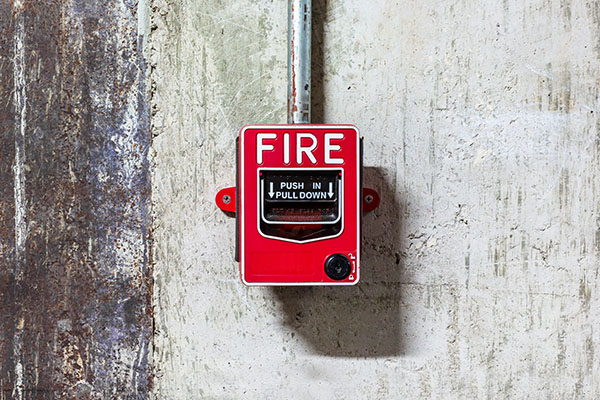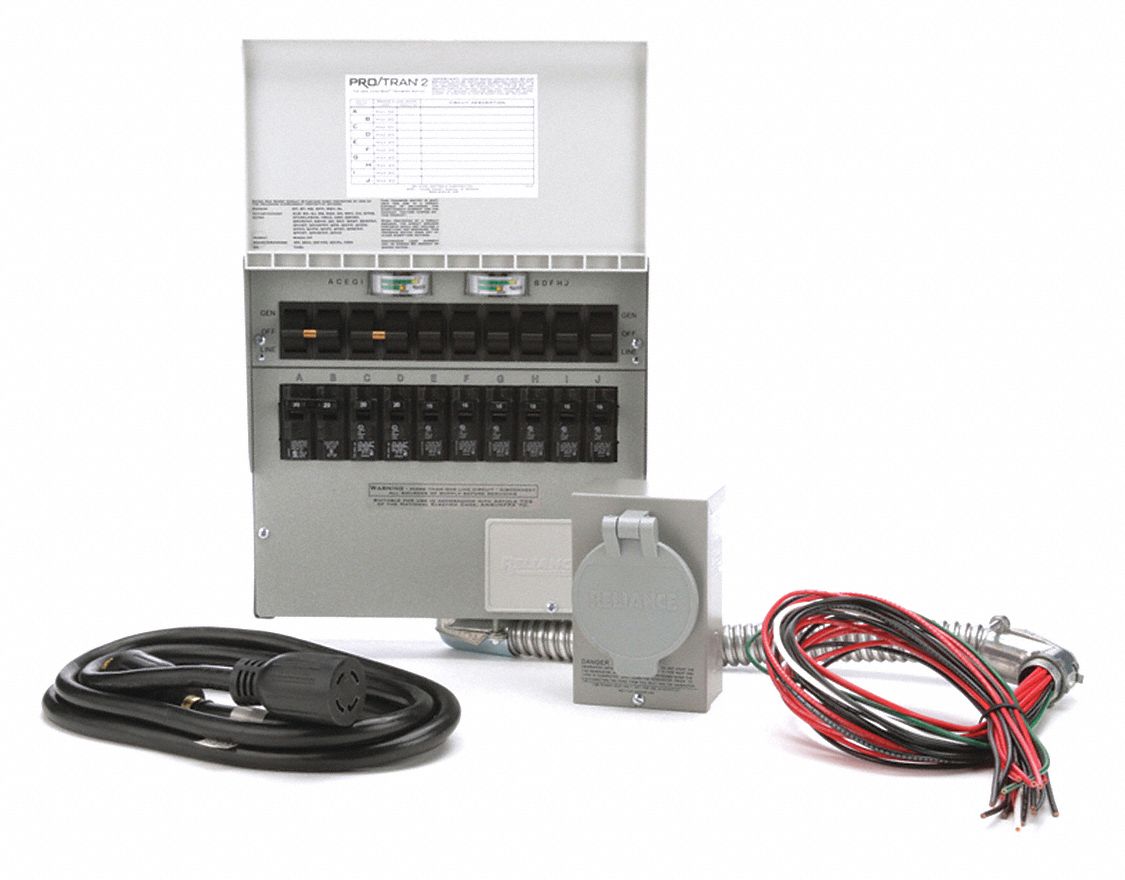

9 Key Points to Develop an Emergency Action Plan
By Grainger Editorial Staff


An emergency action plan describes the actions employees should take to ensure their safety if a fire or other emergency situation occurs. Well-developed emergency plans and proper employee training (where employees understand their roles and responsibilities within the plan) will result in fewer and less severe injuries and less structural damage to the facility.
A poorly prepared plan could lead to a disorganized evacuation or emergency response, resulting in confusion, injury and property damage. Putting together a comprehensive emergency action plan that deals with those issues specific to your worksite is not difficult.
It involves conducting a workplace evaluation that describes how people will respond to different types of emergencies, taking into account your specific worksite layout, structural features and emergency systems. Most organizations find it beneficial to include a diverse group of representatives (management and employees) in this planning process and to meet frequently to review progress and allocate development tasks.
Your planning process and site-specific emergency action plan should address each of the following elements:
- Preferred procedures for reporting emergencies such as dialing 911, or an internal emergency number, or pulling a manual fire alarm.
- A description of the alarm system to be used to notify all people (including disabled employees) to evacuate and/or take other actions. The alarms used for different actions should be distinctive – horn blasts, sirens, or even public address systems.
- An evacuation policy, procedures and escape route assignments so employees understand who is authorized to order an evacuation, under what conditions an evacuation would be necessary, how to evacuate, and what routes to take. Evacuation procedures often describe actions employees should take before and while evacuating such as shutting windows, turning off equipment, and closing doors behind them. Exit diagrams are typically used to identify the escape routes (marked by exit signs) to be followed by employees from each specific facility location.
- Procedures for employees who remain on site after the evacuation alarm sounds, if required, before evacuating. Someone may be required to operate fire extinguishers or shut down gas and /or electrical systems and other special equipment that could be damaged if left operating or create additional hazards to emergency responders (such as releasing hazardous materials).
- Procedures to account for employees after the evacuation to ensure that everyone got out. This might include procedures for designated employees to sweep areas, checking offices and rest rooms, before being the last to leave a workplace or conducting a roll call in the assembly area. Many employers designate an “evacuation warden” to assist others in an evacuation and to account for personnel.
- The duties, responsibilities and names of employees assigned with rescue and medical tasks. Most small organizations rely on local public resources such as the local fire department or hospital to provide these services.
- A description of how employees will be informed of the contents of the plan and trained in their roles and responsibilities.
- The names, titles, departments and phone numbers of employees who can be contacted for additional information or clarification of some aspect of the plan.
- A list of key personnel who should be contacted during off-hour emergencies.
Although they are not specifically required by OSHA, you may find it helpful to include in your plan the site of an alternative communications center to be used in the event of a fire or explosion. Find a secure on-or-off-site location to store original or duplicate copies of accounting records, legal documents, your employees’ emergency contact lists, and other essential records.
The best emergency action plans include employees in the planning process, specify what employees should do during an emergency, and ensure that employees receive proper training for emergencies. When you include your employees in your planning, encourage them to offer suggestions about potential hazards, worst-case scenarios, and proper emergency responses.
After you develop the plan, review it with all employees. Keep a copy of your emergency action plan in a convenient location so it’s easily accessible, or provide a copy to all employees.
![]()
The information contained in this article is intended for general information purposes only and is based on information available as of the initial date of publication. No representation is made that the information or references are complete or remain current. This article is not a substitute for review of current applicable government regulations, industry standards, or other standards specific to your business and/or activities and should not be construed as legal advice or opinion. Readers with specific questions should refer to the applicable standards or consult with an attorney.










